Sahar Tahvili - Artificial Intelligence Methods for Optimization of the Software Testing Process: With Practical Examples and Exercises (Uncertainty, Computational Techniques, and Decision Intelligence)
Here you can read online Sahar Tahvili - Artificial Intelligence Methods for Optimization of the Software Testing Process: With Practical Examples and Exercises (Uncertainty, Computational Techniques, and Decision Intelligence) full text of the book (entire story) in english for free. Download pdf and epub, get meaning, cover and reviews about this ebook. year: 2022, publisher: Academic Press, genre: Computer. Description of the work, (preface) as well as reviews are available. Best literature library LitArk.com created for fans of good reading and offers a wide selection of genres:
Romance novel
Science fiction
Adventure
Detective
Science
History
Home and family
Prose
Art
Politics
Computer
Non-fiction
Religion
Business
Children
Humor
Choose a favorite category and find really read worthwhile books. Enjoy immersion in the world of imagination, feel the emotions of the characters or learn something new for yourself, make an fascinating discovery.

- Book:Artificial Intelligence Methods for Optimization of the Software Testing Process: With Practical Examples and Exercises (Uncertainty, Computational Techniques, and Decision Intelligence)
- Author:
- Publisher:Academic Press
- Genre:
- Year:2022
- Rating:3 / 5
- Favourites:Add to favourites
- Your mark:
Artificial Intelligence Methods for Optimization of the Software Testing Process: With Practical Examples and Exercises (Uncertainty, Computational Techniques, and Decision Intelligence): summary, description and annotation
We offer to read an annotation, description, summary or preface (depends on what the author of the book "Artificial Intelligence Methods for Optimization of the Software Testing Process: With Practical Examples and Exercises (Uncertainty, Computational Techniques, and Decision Intelligence)" wrote himself). If you haven't found the necessary information about the book — write in the comments, we will try to find it.
Artificial Intelligence Methods for Optimization of the Software Testing Process: With Practical Examples and Exercises presents different AI-based solutions for overcoming the uncertainty found in many initial testing problems. The concept of intelligent decision making is presented as a multi-criteria, multi-objective undertaking. The book provides guidelines on how to manage diverse types of uncertainty with intelligent decision-making that can help subject matter experts in many industries improve various processes in a more efficient way.
As the number of required test cases for testing a product can be large (in industry more than 10,000 test cases are usually created). Executing all these test cases without any particular order can impact the results of the test execution, hence this book fills the need for a comprehensive resource on the topics on the hows, whats and whys.
To learn more about Elseviers Series, Uncertainty, Computational Techniques and Decision Intelligence, please visit this link: https://www.elsevier.com/books-and-journals/book-series/uncertainty-computational-techniques-and-decision-intelligence
Sahar Tahvili: author's other books
Who wrote Artificial Intelligence Methods for Optimization of the Software Testing Process: With Practical Examples and Exercises (Uncertainty, Computational Techniques, and Decision Intelligence)? Find out the surname, the name of the author of the book and a list of all author's works by series.

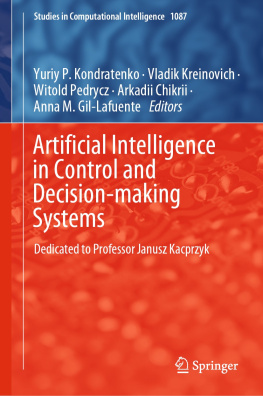

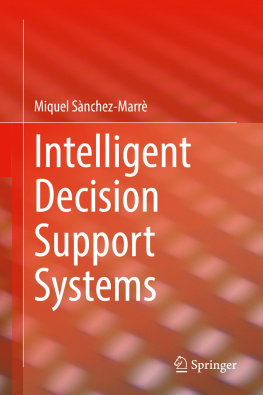

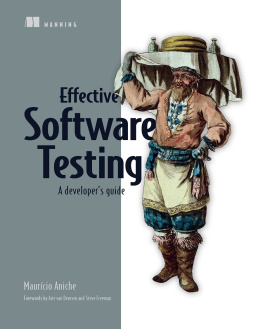

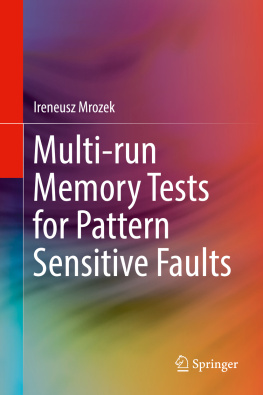
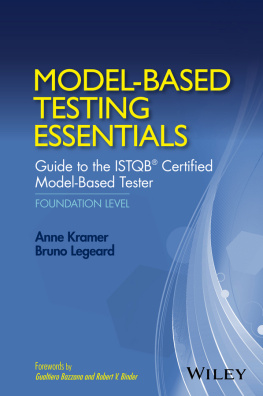
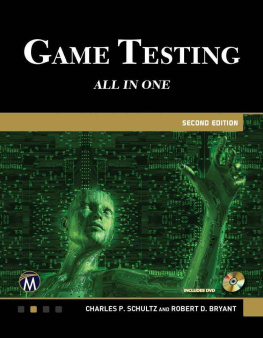
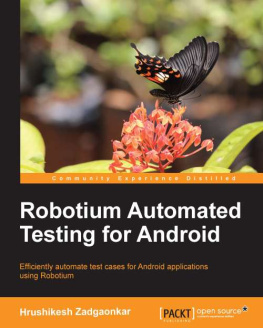
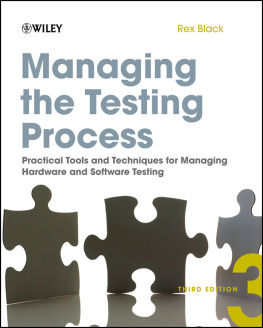
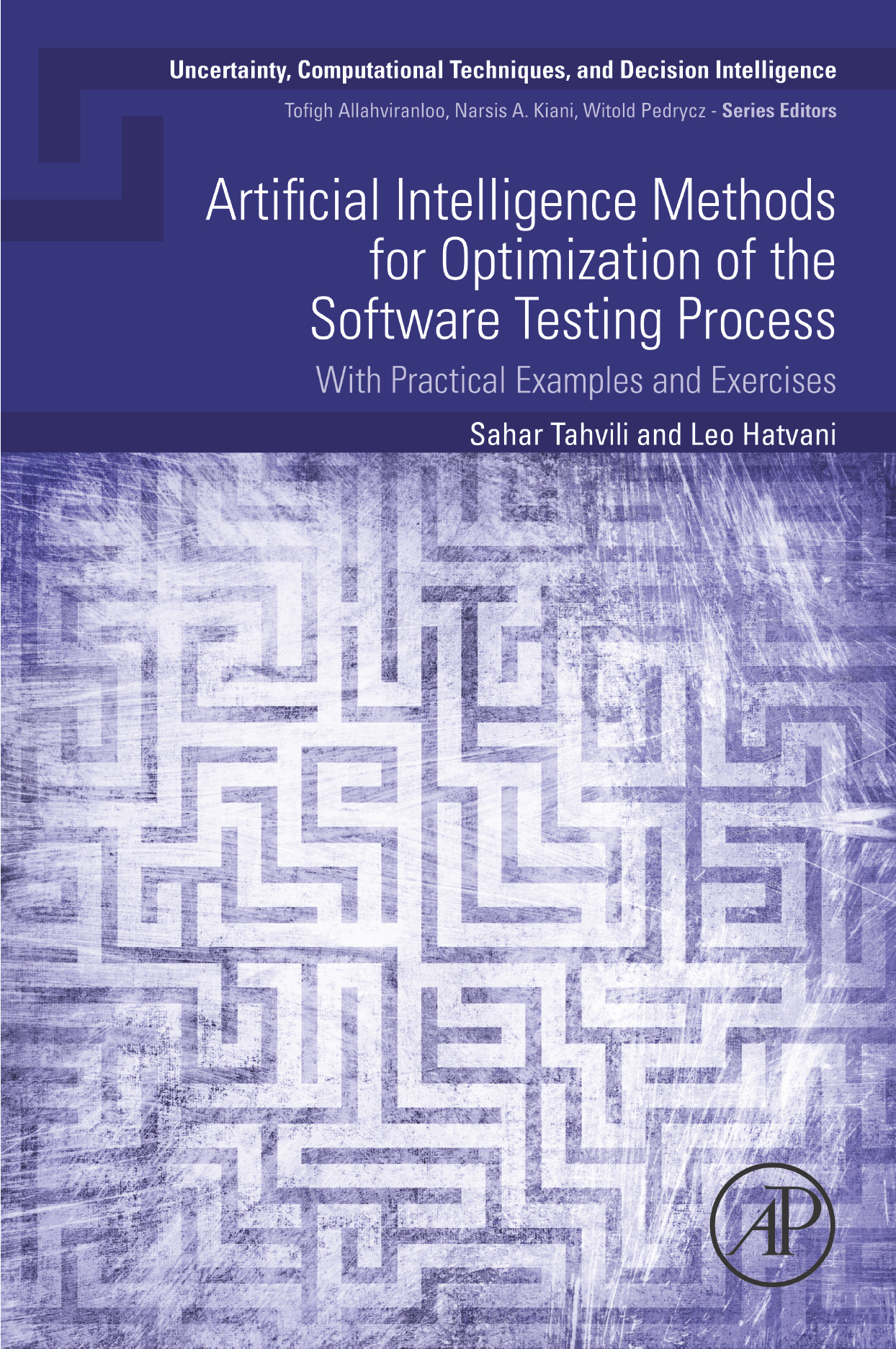


 is an example of hard clustering and C2
is an example of hard clustering and C2  and C3
and C3  are two examples of soft clustering. Source: Authors' own contribution.
are two examples of soft clustering. Source: Authors' own contribution.